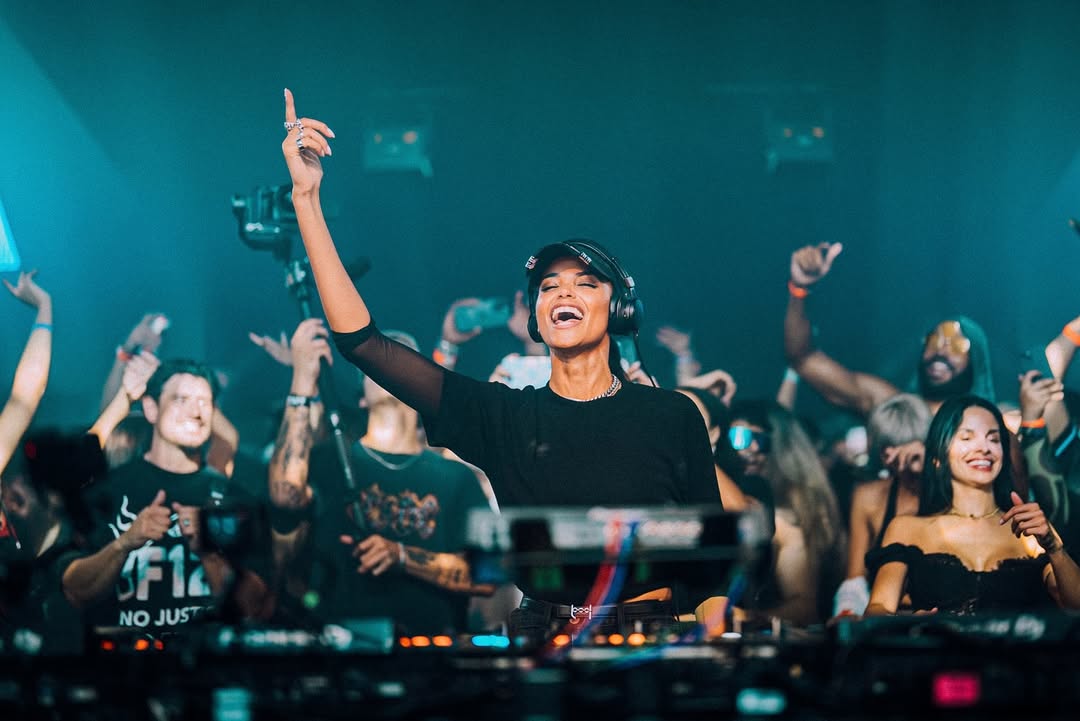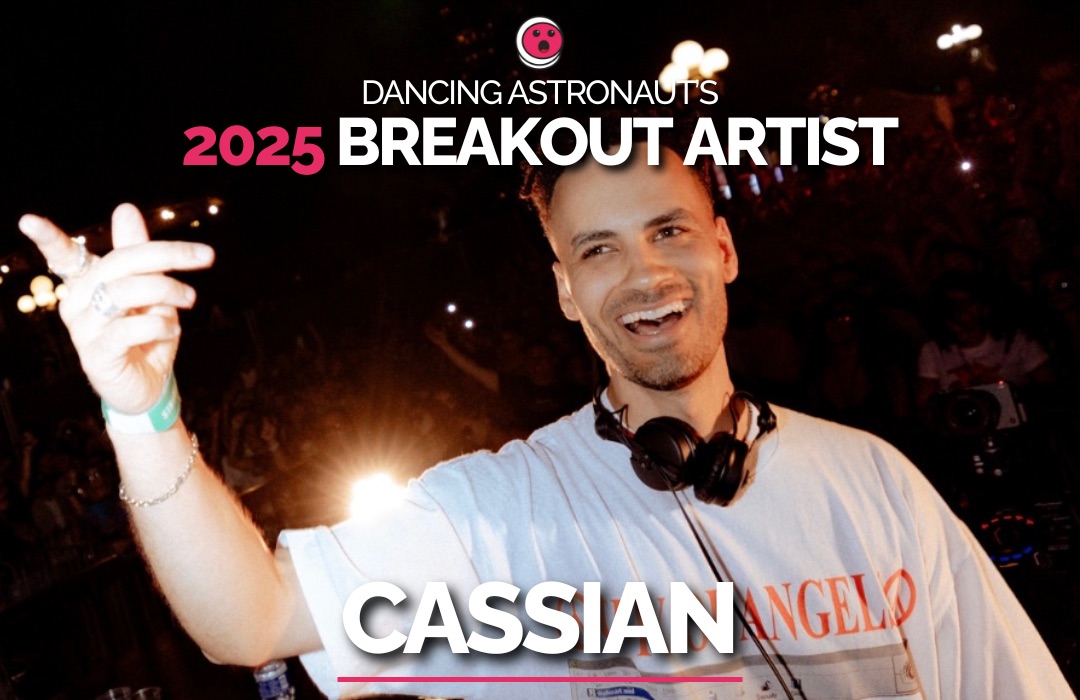Studio Ghibli has earned itself the reputation of being one of, if not the greatest animation studio in Japan. Many Studio Ghibli films are outright masterpieces, and few of them are outright bad. However, as good as most of these films are, the hype can get a little bit overwhelming and overshadow their flaws.
Upon a second look, some of the most talked-about Ghibli films don't quite live up to the high expectations placed on them. Here's a ranking of the five most overrated Studio Ghibli films.
The Cat Returns
The 2002 feline frenzy is usually recommended to fans of the underrated Whisper of the Heart since both feature the debonair cat Baron. However, The Cat Returns is a ridiculous story of a world that resembles a nonsensical nightmare. Haru is a shy high school girl that has the ability to talk to cats, and somehow gets roped into marrying the Prince of the Cat Kingdom, because that is a convincing narrative progression. Disregarding the consent issues and interspecies romance, The Cat Returns has some other glaring story issues, such as some disturbingly bad animation of Haru turning into a cat hybrid the longer she stays in the Cat Kingdom.
Though some might enjoy the imagination on display, the plot just gets more forced and convoluted the longer it goes on. The point of the story is to show Haru coming of age and finding her voice, but a much less strange route would have sufficed. The Cat Kingdom sounds like a fun escape, but it is better left undiscovered.
Kiki's Delivery Service
Hayao Miyazaki's Kiki's Delivery Service is a good film that unfortunately can't live up to its hype because it lacks narrative momentum. Kiki is a witch in training that must move to a big city as a rite of passage, where she finds welcoming people and a job all too easily. The story feels too saccharine and lacks enough conflict for Kiki to overcome, making the plot of a child moving to a new city feel wholly unrealistic. Kiki delivering baked goods on her broom is a charming depiction of coastal life, but the stakes just aren't high enough.
As Kiki grows, it is understandable that more of the conflicts are internal, but they take too long to manifests themselves in the physical world, especially when most things come too easily to Kiki upon her arrival. Miyazaki builds up the themes of commercialism and womanhood but neglects to make Kiki a compelling character. Kiki's struggles with depression and temporarily losing her powers are moving, but the middle section of the film lags and gets bogged down in too much idyllic sweetness. Kiki's Delivery Service is an endearing story, but it could have been stronger with more conflict.
My Neighbor Totoro
One of the studio's early films, My Neighbor Totoro's furry forest spirit has become iconic for good reason, but the film's story isn't as strong as its characters. Two wide-eyed children, Satsuki and Mei, bond with the enigmatic, grinning creature, but get lost in the whimsy of the premise without weaving an actual storyline. While My Neighbor Totoro is deservedly praised for its realistic look at childhood from a child's perspective, it could do a better job at creating more interesting action in the story.
It isn't until the underlying plot of Satsuki and Mei's mom dying in the hospital is brought up that there is any narrative thread detected in the film. When Mei goes missing, the biggest conflict in the film, Totoro is able to resolve it all too easily with a call to the Catbus. When the children do get to see their mom, they drop an ear of corn by her window and leave, denying the audience the much-awaited reunion. Between the sometimes inscrutability of Totoro himself and the lack of connection between the magical whimsy and the children's real-world conflicts, the movie can get a little boring despite its many strengths.
Howl's Moving Castle
Howl's Moving Castle is beloved by many, but it's somewhat unsatisfying despite its cacophony of magical elements. The story crams in too many ideas, from a giant, realm-hopping castle and a war-torn countryside, to heartless wizards and age spells. At the center of the chaos is an equally messy character, Howl, who lacks cohesion. Howl is unbearably vain about his own looks but falls for Sophie even after she is turned into an old hag. Despite being portrayed as being superficial and detached, Howl inexplicably has enough selflessness to fight in a war that almost gets him killed.
Howl's Moving Castle has a strong message about looks being a deceiving test of character, but it gets bogged down in too many whimsical and confusing subplots. Unfortunately, these magical elements also push aside Miyazaki's poignant subplot about the dystopian effects of senseless destruction in war. Sophie is the calm and level-headed guide through the jumble of a story, coming out the other end unscathed while viewers are left trying to connect the dots.
Princess Mononoke
Often hailed as Miyazaki's best film, Princess Mononoke has built itself a bulletproof reputation but has some under-discussed flaws. The film's characters deal in absolutes, while parts of the story can be unsatisfying. Ashitaka is loyal to his mission to preserve the spirituality of the forests, San resents humankind and Lady Eboshi is a self-starter only looking out for the advancement of human industry. These characters are unyielding in their views, which doesn't allow for much growth.
San is a vessel for Miyazaki's anger at the way society treats the natural world, but her one-dimensionality makes her a hard character to identify with. Lady Eboshi is more complex, a great leader who is nonetheless on the wrong side of history. Miyazaki finds fault with every faction in this struggle but doesn't offer the viewer any hope for redemption. Princess Mononoke clearly pits nature against civilization but offers no solutions on how the two should coexist. While this is a complex issue with no easy answer, it is the storyteller's responsibility to have some insight on the matter.


